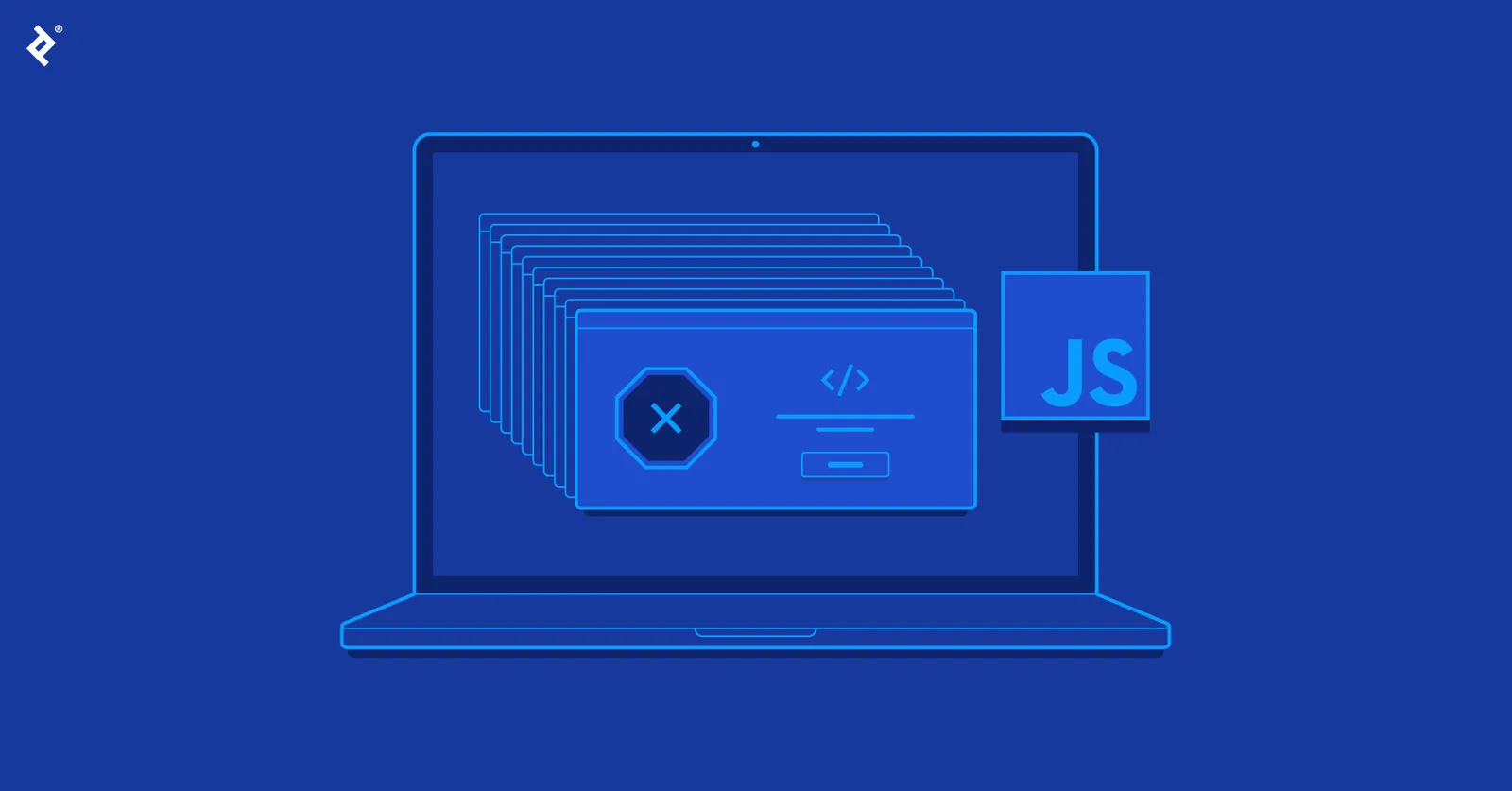Whether the age of JavaScript libraries is coming to an end? Large JS frameworks, such as Angular, React or Vue are rapidly developing and turning into the “entry points” for many IT projects. In this situation there is obviously not much to do for the numerous UI libraries that have not developed into full-fledged frameworks. Some of them are leaving the market, others are releasing new versions. And a few are trying to evolve and offer something new to the IT market.
Often programmers consider using third-party libraries when they suddenly lack any functionality or performance within the ongoing framework. Thus, choosing a fast and features reach library becomes a good strategy for them.
Popular JavaScript UI Libraries
Let’s review the most popular UI libraries and analyze their current position.
1. Sencha – Ext JS
Experienced developers know that Sencha is more than just a library. It is a full-fledged framework. A mature product that contains almost all necessary tools for solving any UI/UX tasks.
However, it is included into our review because of the large and high-quality UI component library, where you can find all the elements for your application. Sencha is consistently building an entire eco-environment around its solution and aims to cover all significant niches. Separate packages are available for users to work in the Angular (ExtAngular) and React (ExtAngular) environments.
Features
Sencha Test is designed to facilitate the automated testing process. Sencha Themer is a tool for creating and configuring design schemes. Again, Sencha Stencils is a UI asset kit for Adobe Illustrator, Adobe XD, Sketch, and Balsamiq for easy and fast prototyping.
Pros
- Good compatibility with mobile devices and really well-developed adaptability
- Rich UI component library
- Detailed documentation
- Large number of self-study materials
Cons
a. Performance issues
Sencha users often complain about performance issues. Messages about high GPU usage can be found on the technical support forum and such resources as StackOverflow/Disqus.
b. Too much
This product is large and complex. The documentation alone has more than 50,000 pages. Make sure you carefully estimate the time your specialists will need to master new tools.
c. Too complicated
Documentation does not always allow you to achieve the desired result. Combined with performance issues, this creates additional difficulties. Obviously, this has become the reason for creating the tool Sencha Inspector. The description of the latter explicitly mentions that it is “debugging tool for troubleshooting and improving performance of Ext JS and Sencha Touch applications”.
d. Rapid changes
New versions may be accompanied by global changes that will not allow you to make a seamless migration. Many users have expressed their dissatisfaction with the necessity to rewrite the front-end to switch to the new version of Ext JS.
e. Follow-up
Ext JS is the right choice if you already have experienced developers in your team who know Sencha well and you are at the very early stage of project planning. You should take into account the time that your specialists will need to master the new tools. Be ready for some performance issues. Owning a license and access to technical support will be a clear advantage in this regard. Taking into account the complexity of the solution, you should thoroughly explore all the possibilities to fully realize the technical potential of the Ext JS family of products.
#technology #javascript ui libraries #javascript #programming

